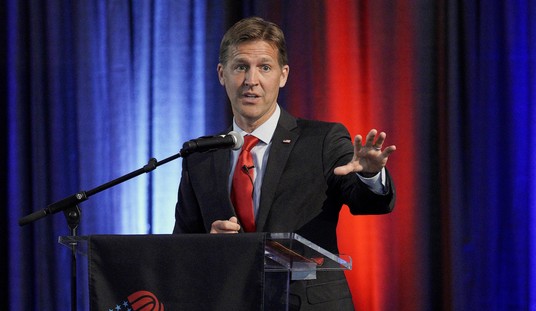Over at The Washington Post, The Fix analyst Philip Bump has some disconcerting news for Democrats who have grown accustomed to enjoying a political monopoly on youthfulness and vigor. Not only is the Democratic Party’s field of prospective 2016 presidential candidates glaringly monochromatic, they are also relatively old. They are far older on average, in fact, than the ever-expanding field of potential Republican presidential prospects.
The average age that the possible Democratic contenders would be at inauguration in 2017 is 68.6, just under the 69.3 years that Clinton would be. That’s a full decade older than average inauguration age of the much-bigger, much-younger possible Republican field — the oldest of whom is a gentleman named Mitt Romney. The Republicans average 57 years in age on January 20, 2017.
With prospective candidates like Bobby Jindal, Marco Rubio, Scott Walker, Ted Cruz, and Paul Ryan considering a run at the White House, the GOP field could include as many as four candidates still in their 40s by inauguration day. At nearly 70-years-old, by far the oldest Republican figure floated as a prospective candidate would be Mitt Romney (who is probably not running and is really just signaling to donors that they should keep their wallets closed for Jeb Bush for now).
The youngest member of the Democratic field is former Maryland Gov. Martin O’Malley, who will clock in at 54-years-old. The rest of the slate is made up of figures in their late 60s and 70s.
The phenomenon of a younger, more vibrant GOP extends to Congress, too. The youngest members of both the House and the Senate are Republicans: Sen. Tom Cotton (R-AR) and Rep. Elise Stefanik (R-NY), the latter being the youngest woman to ever occupy a seat in the Congress. The eldest members of both chambers are Democrats: Sen. Dianne Feinstein (D-CA) and the new Dean of the House Rep. John Conyers (D-MI).
The average age of the Senate Democrat is 62 while the average GOP senator is a spry 60-years-old. In the House, the average GOP member is aged 54 while the average Democrat is 59-years-old.
Now, it goes without saying (but the left will demand that it be said) that the Republican Party lags well behind the Democrats when it comes to support among young voters. That has always been the case. It is fundamentally more challenging for the GOP to compete with Democrats when that party is proposing economically dubious programs like “free” college to a demographic that largely does not suffer from the burden of having to pay income taxes.
It must also be said, however, that the GOP’s energy and dynamism is starting to translate into votes. According to the 2014 exit polling, voters age 18 to 29 backed Democratic candidates by only 55 to 45 percent – a 12-point swing from 2012. It would be imprudent to call this the start of a trend, but it is clear that the Republican Party’s field of 2014 nominees was far more appealing to young voters than the GOP’s 2012 slate.
Can the GOP translate their newfound vivacity into votes in 2016? That remains to be seen, but it would be political malpractice for Republicans to fail to note the aged whiteness of the Democratic Party’s 2016 field. Particularly considering how frequently Republicans were mocked and derided for the same condition just four years prior.








Join the conversation as a VIP Member